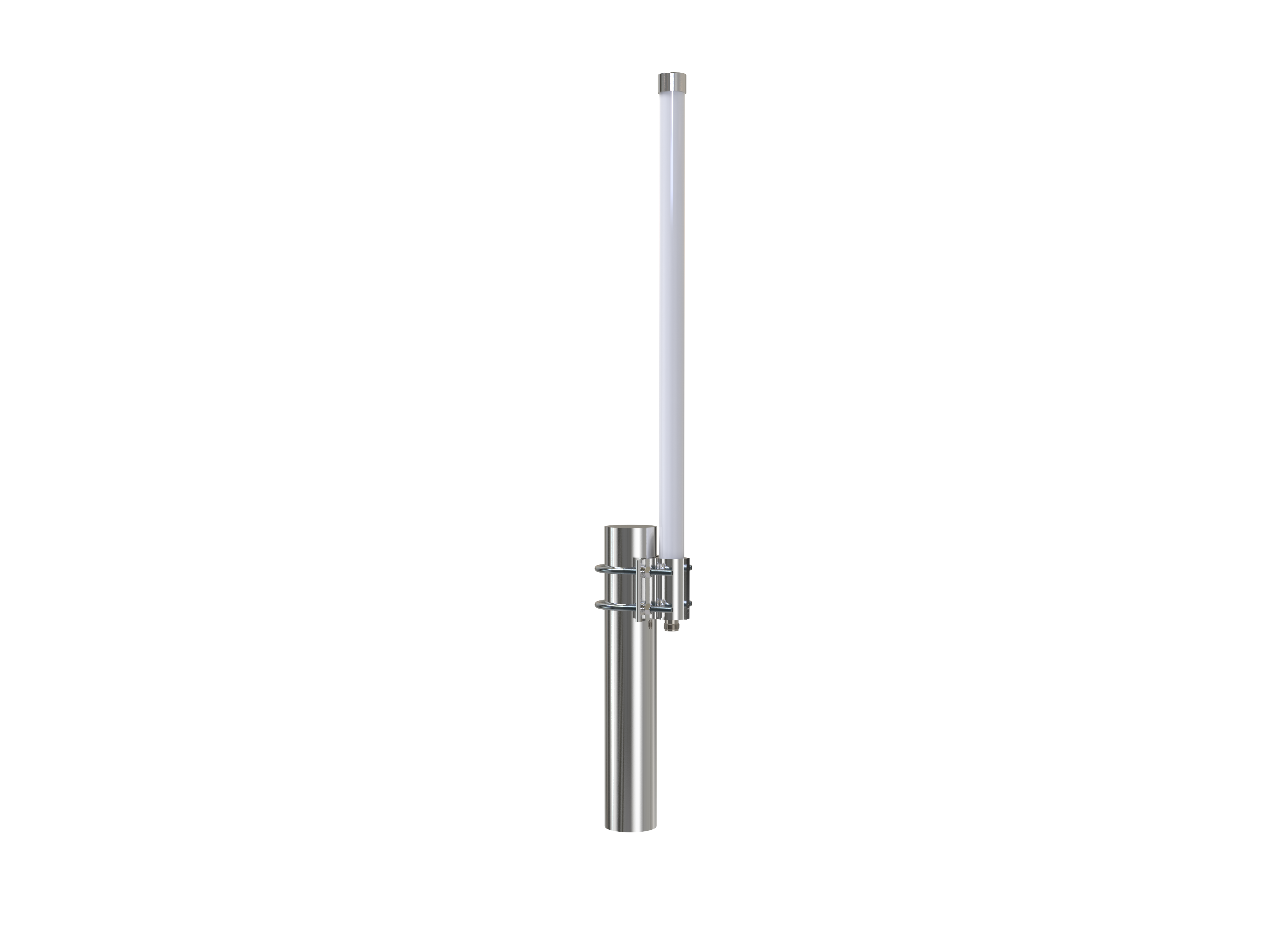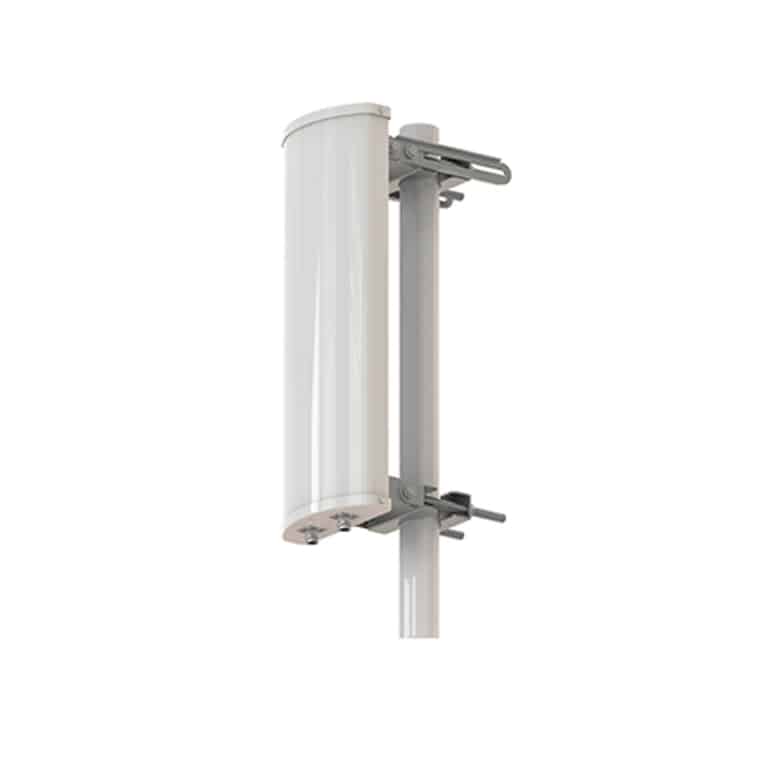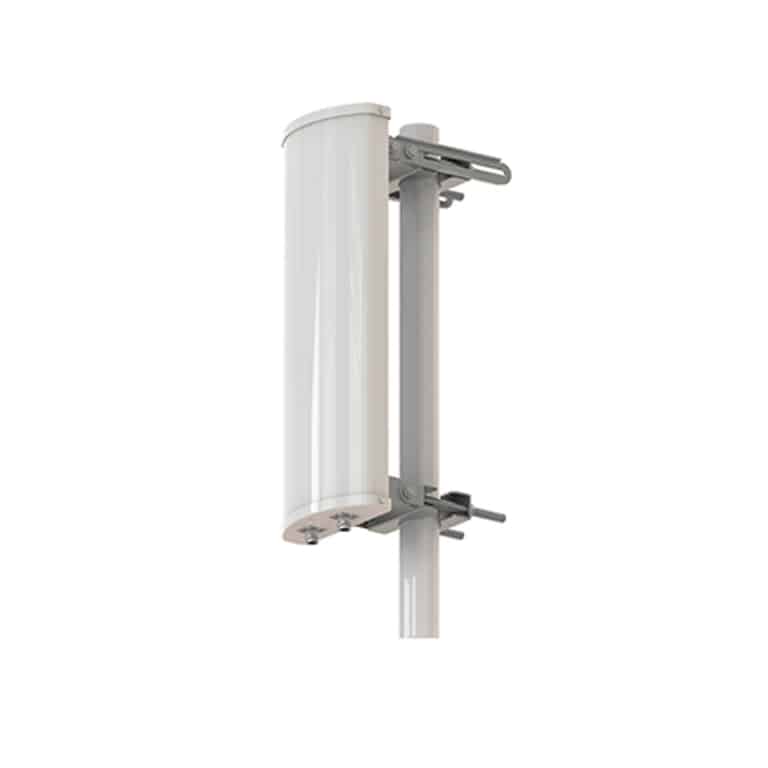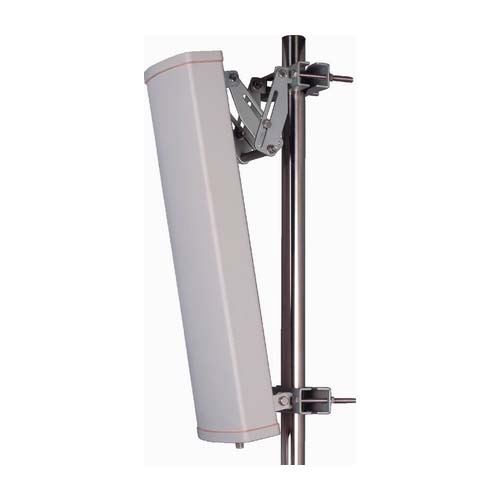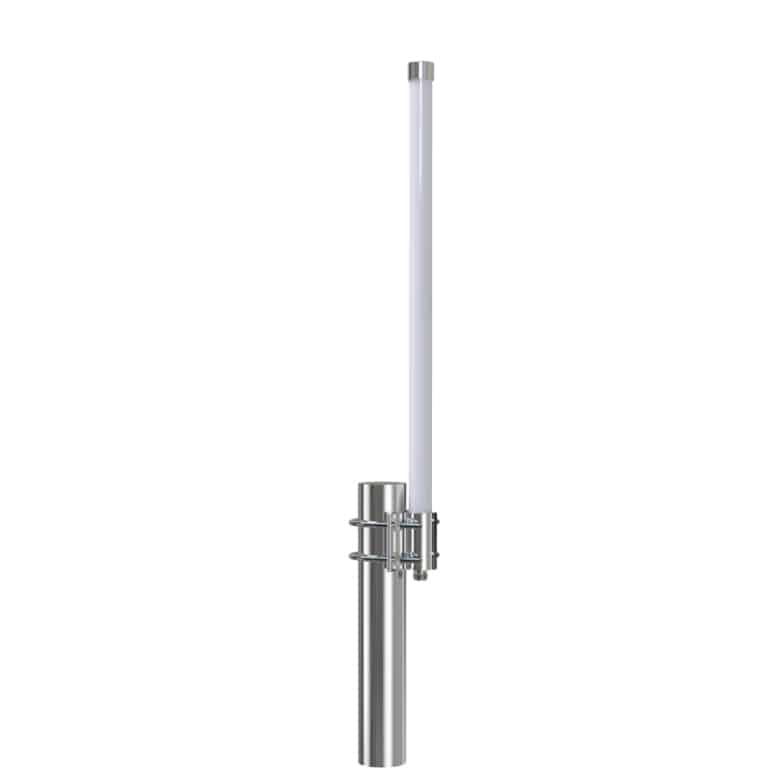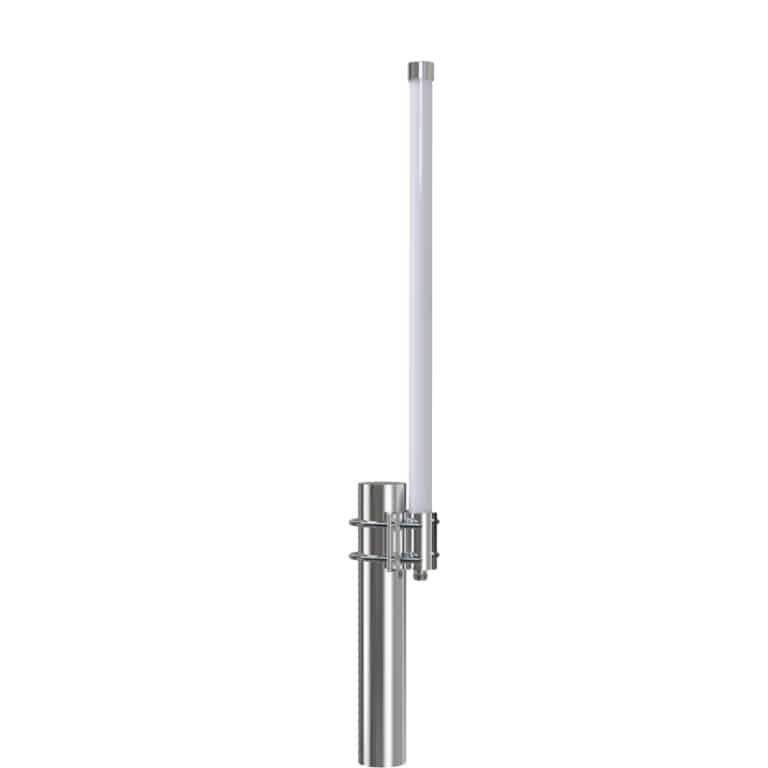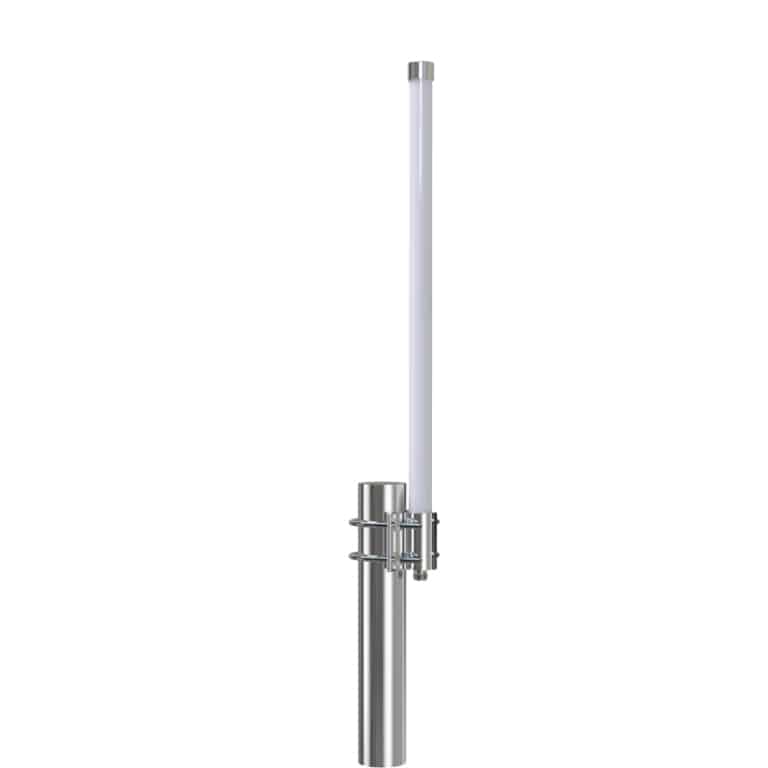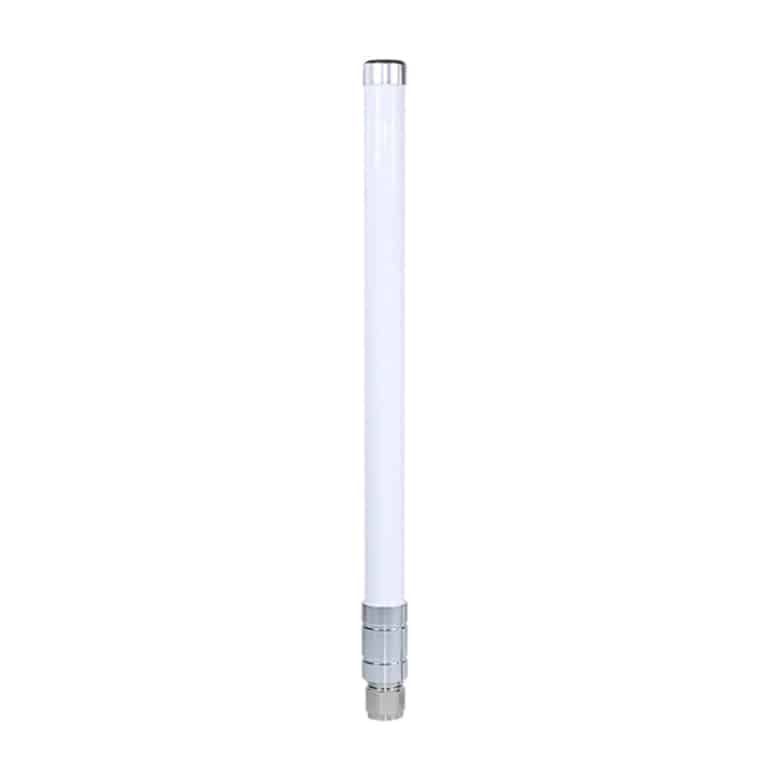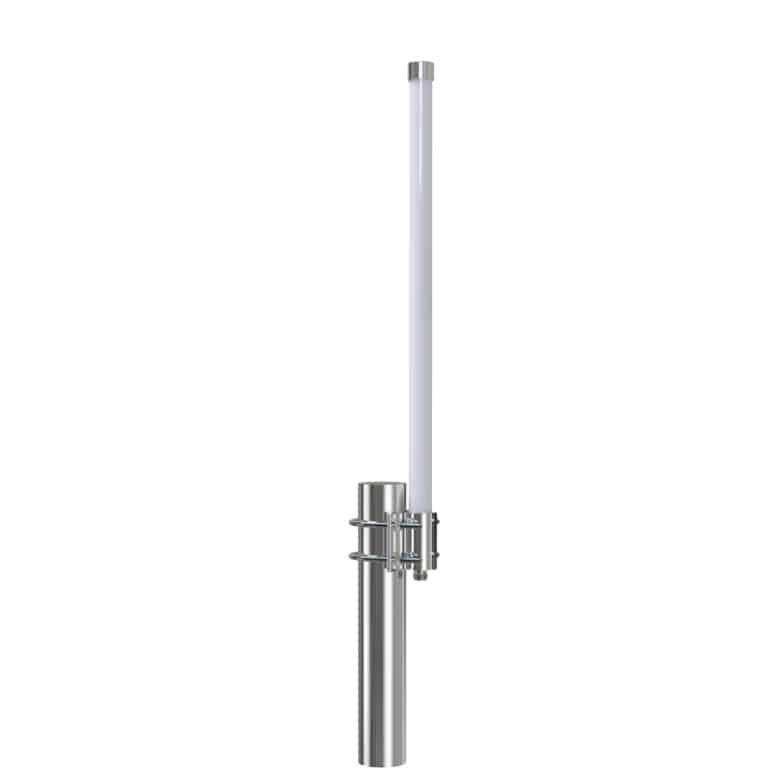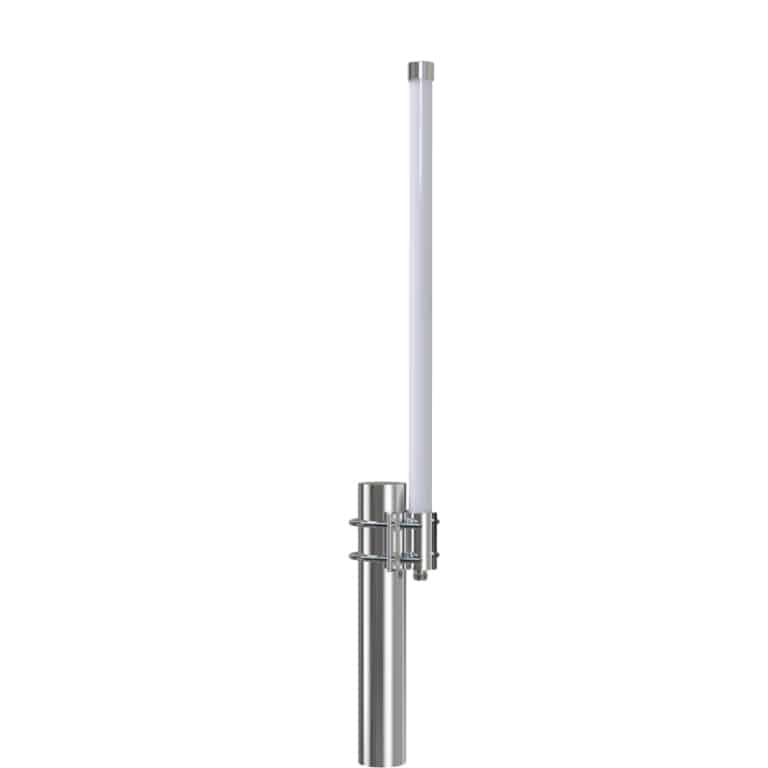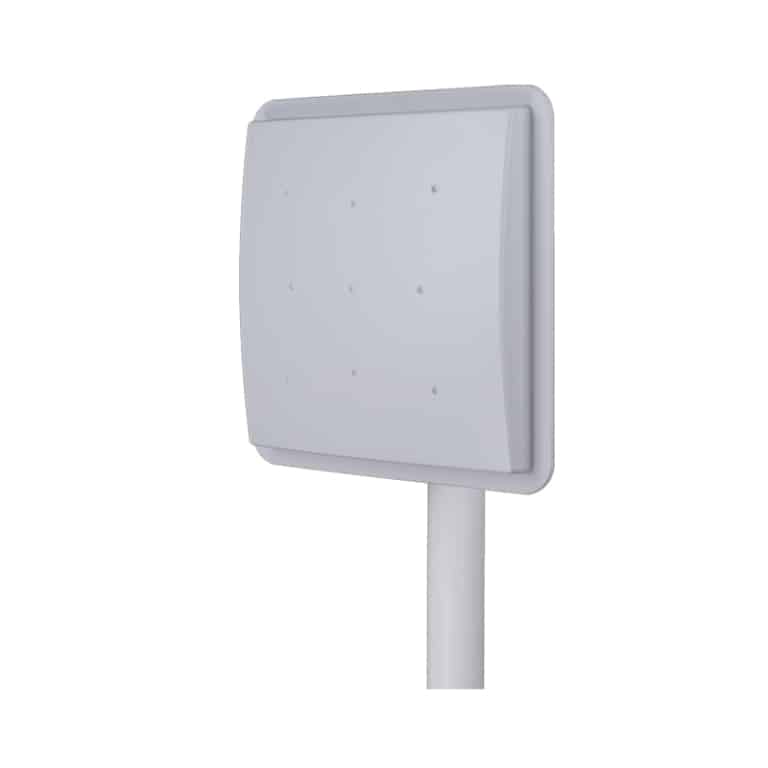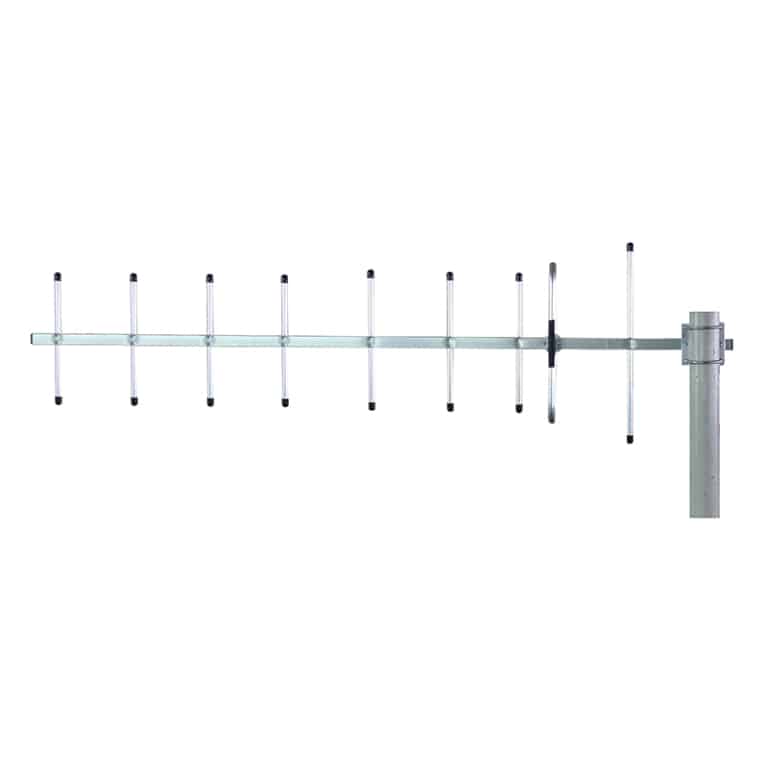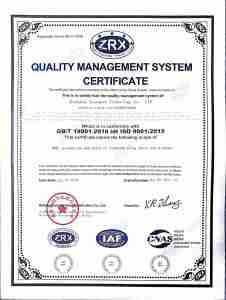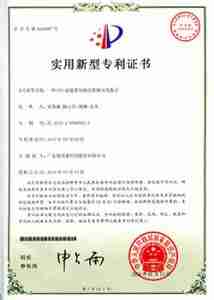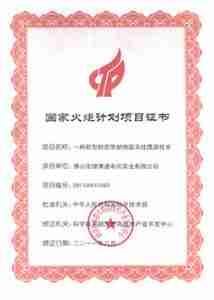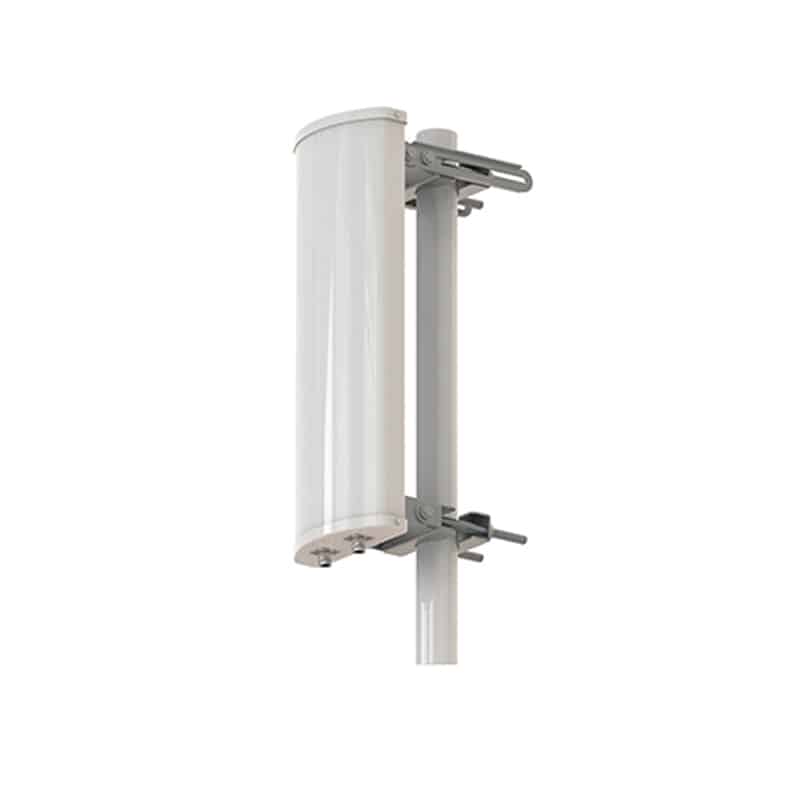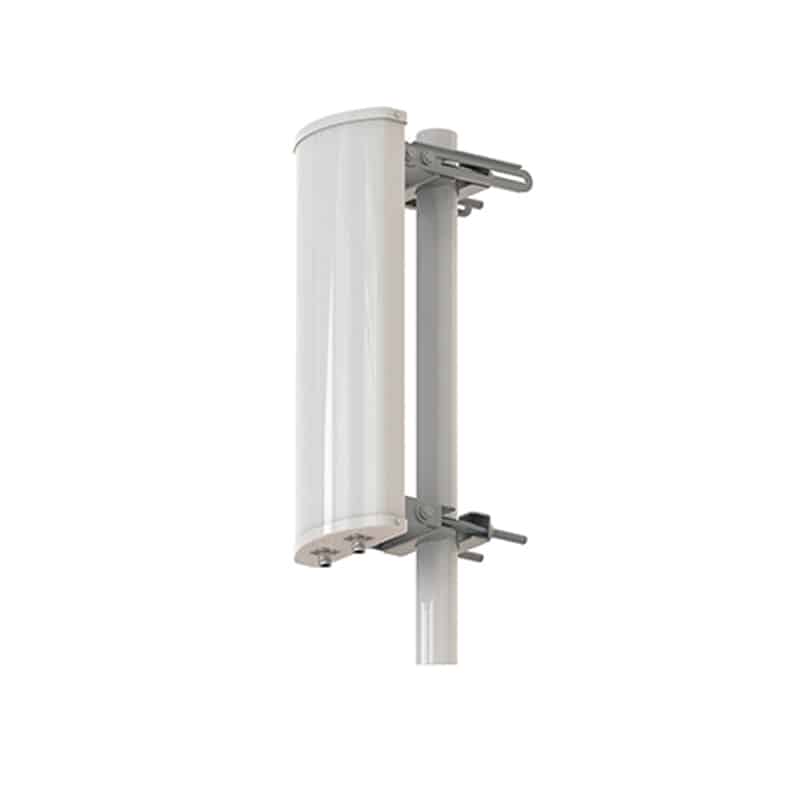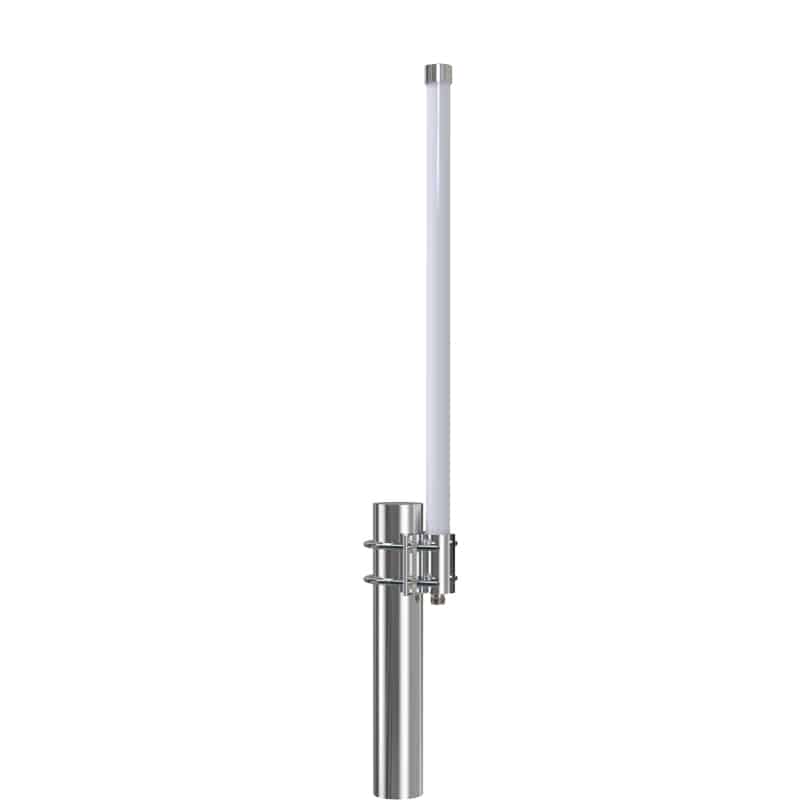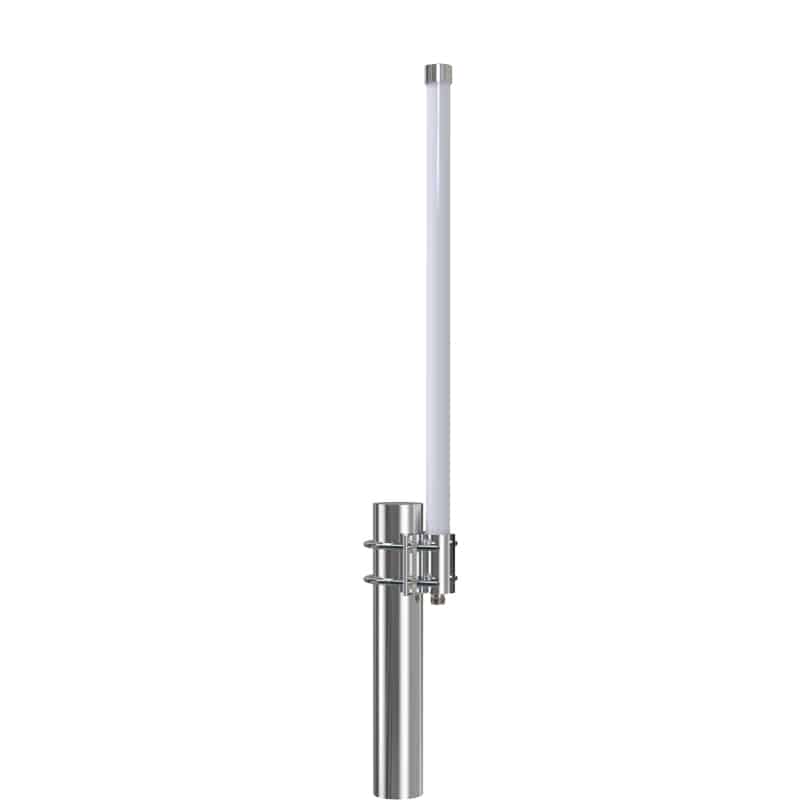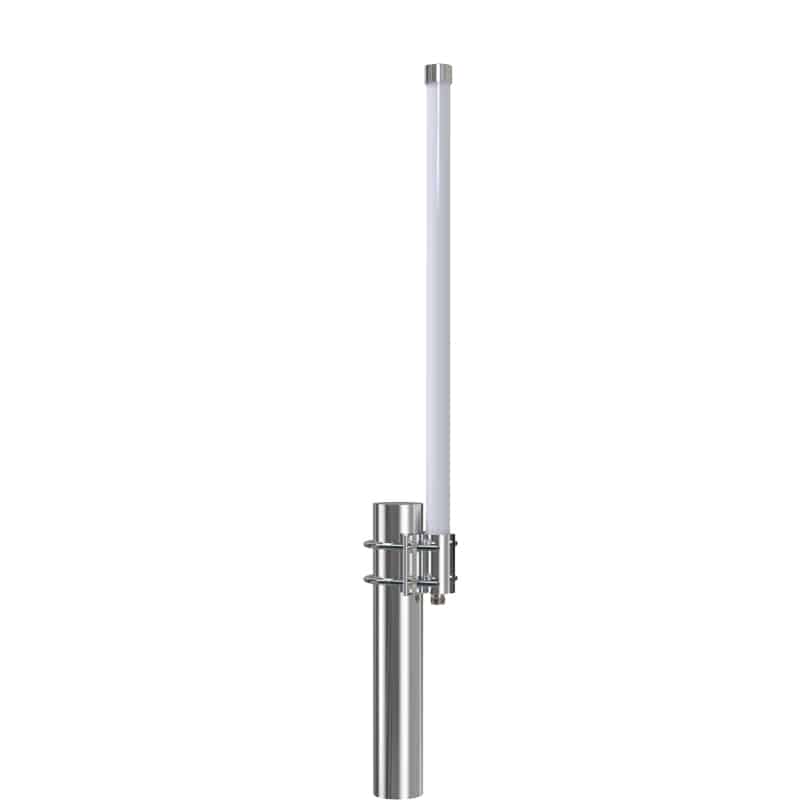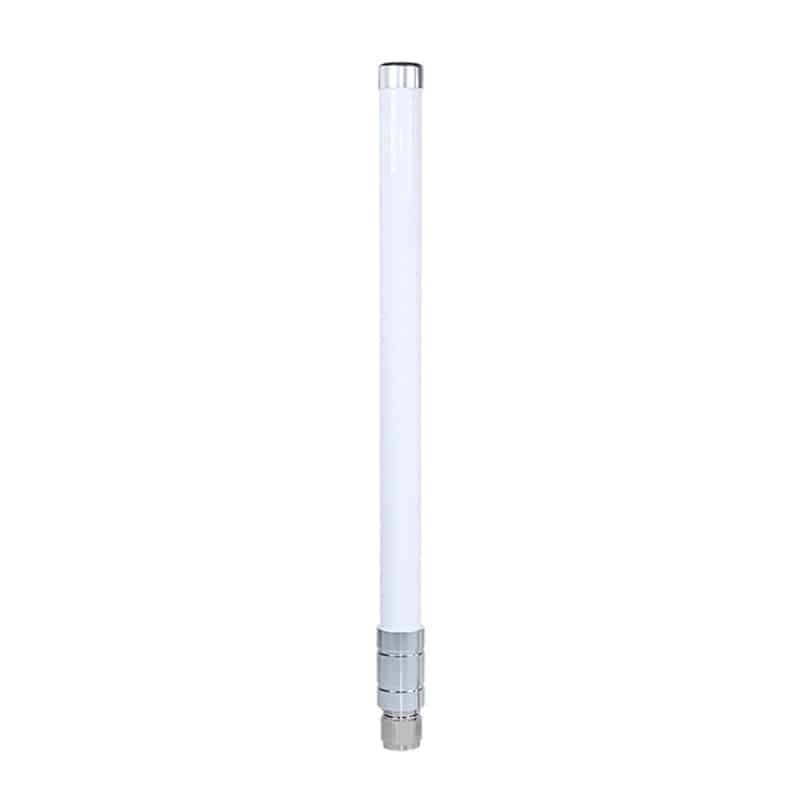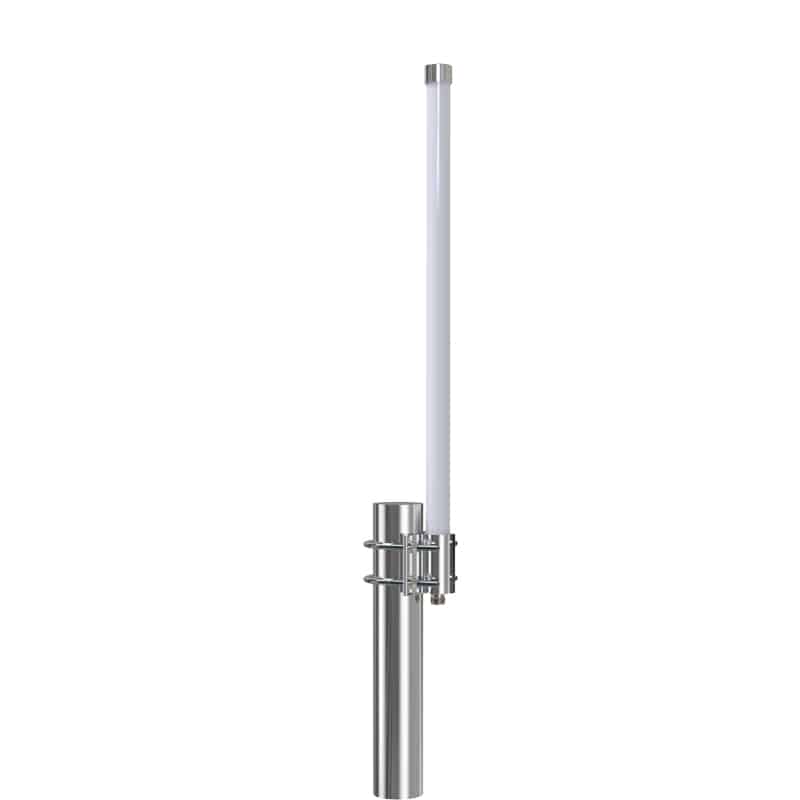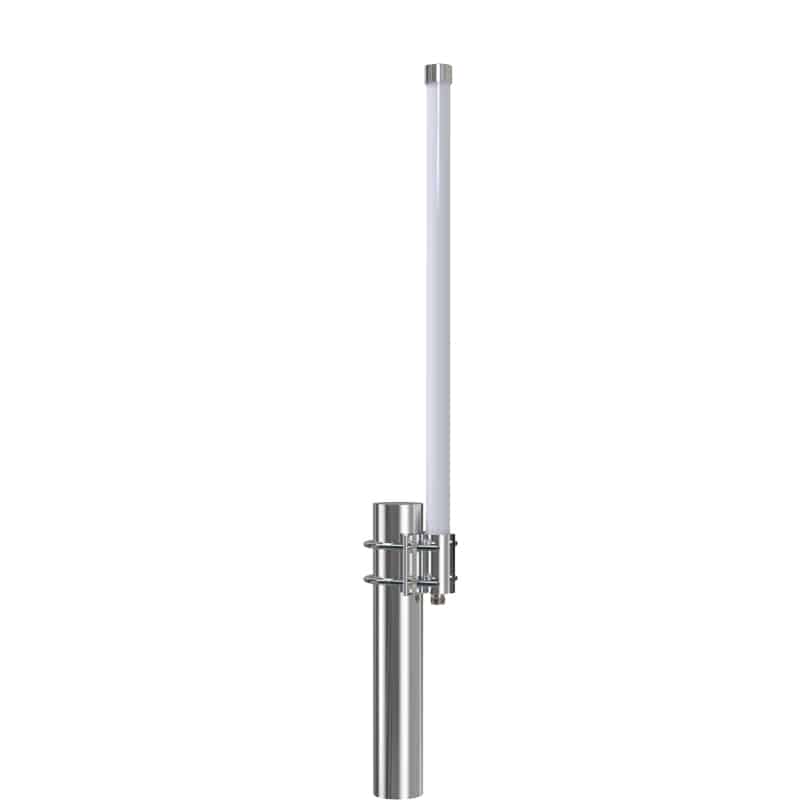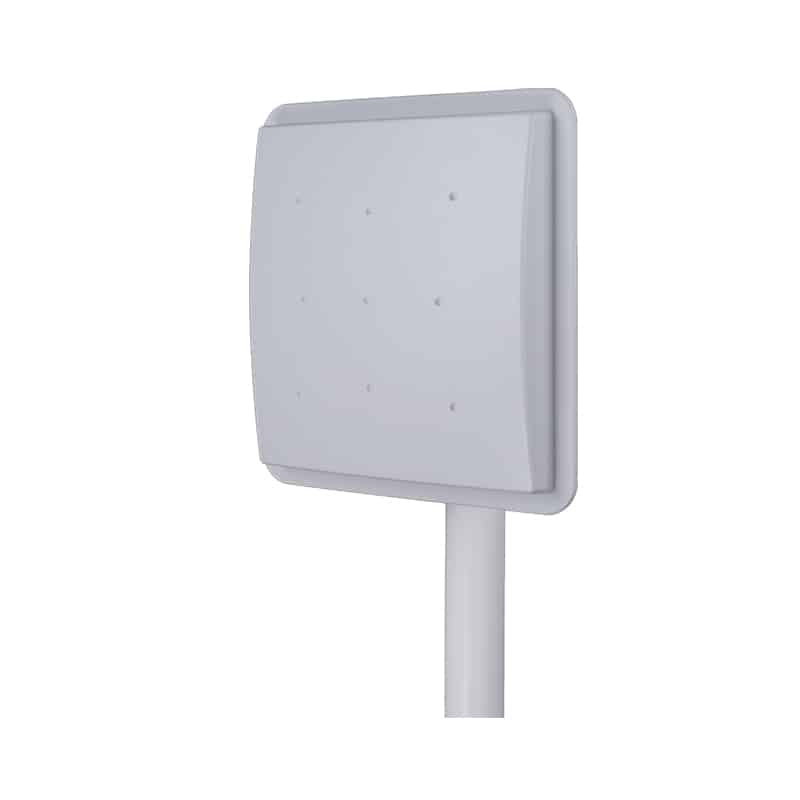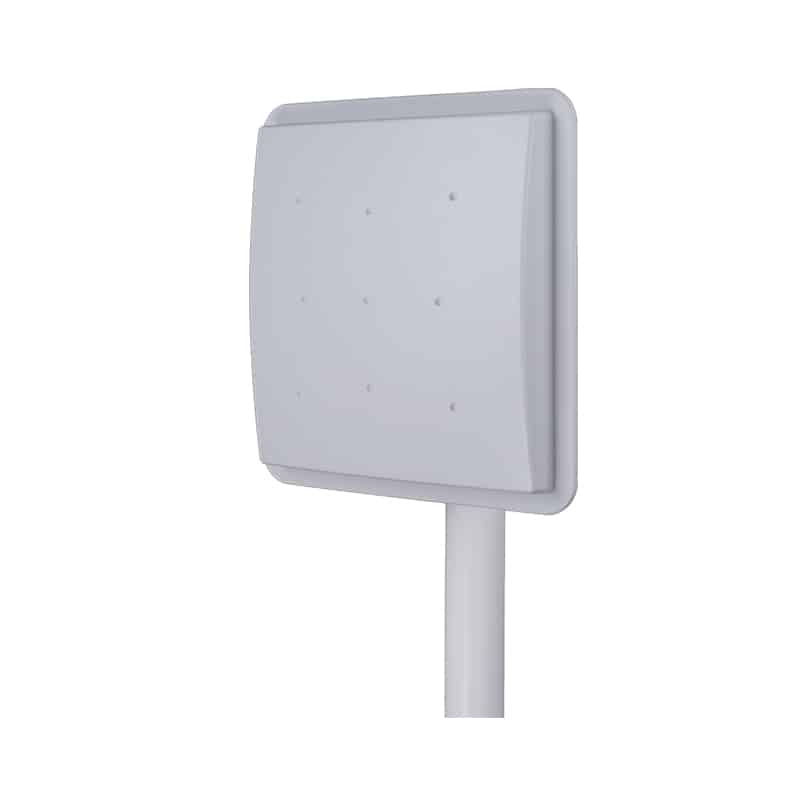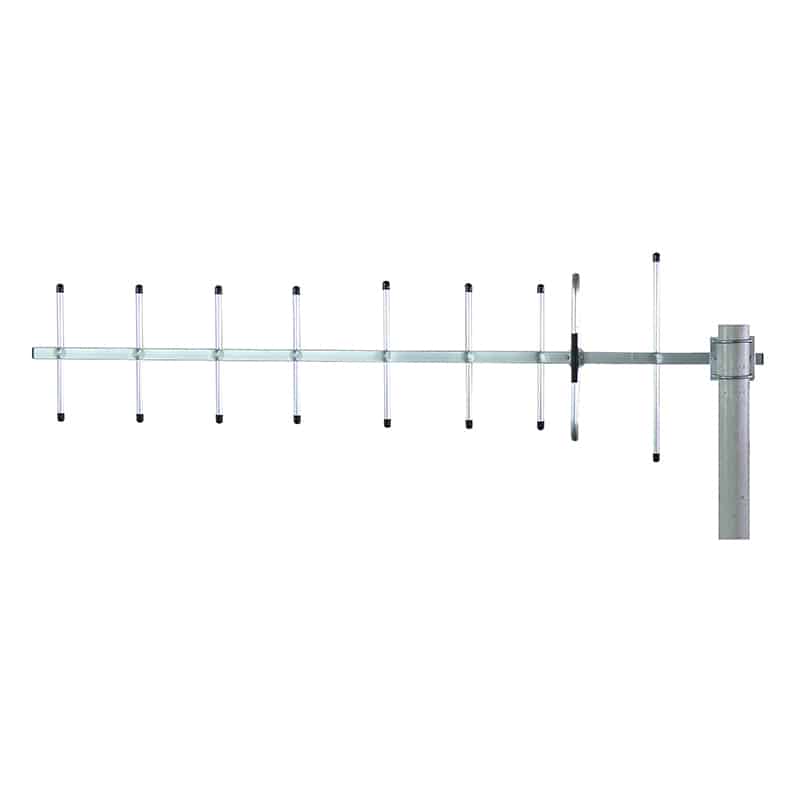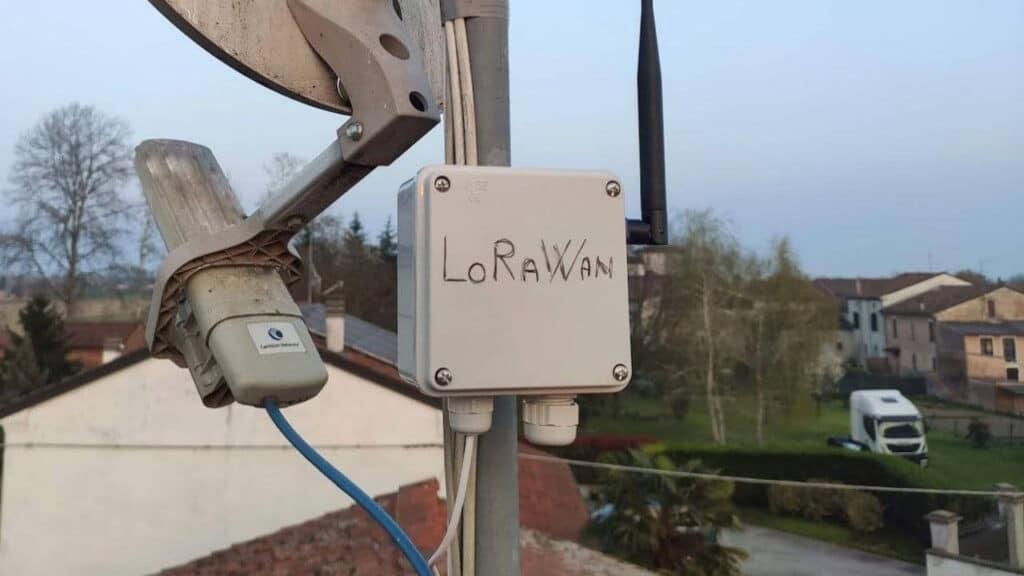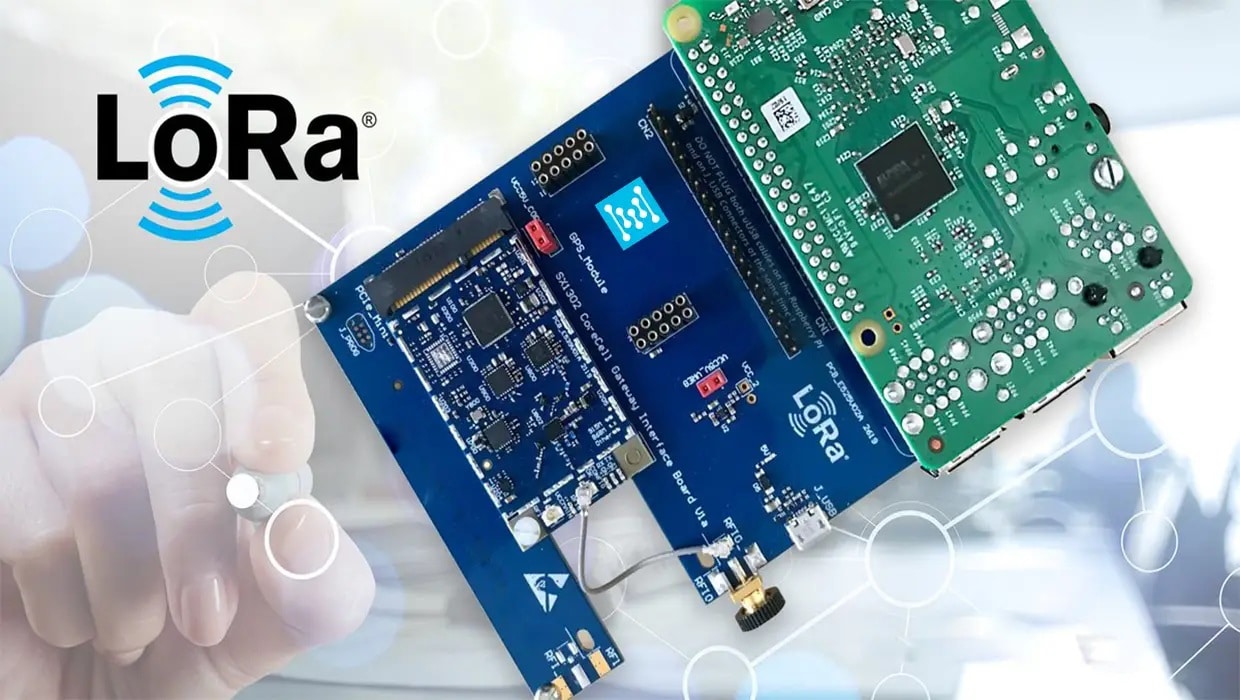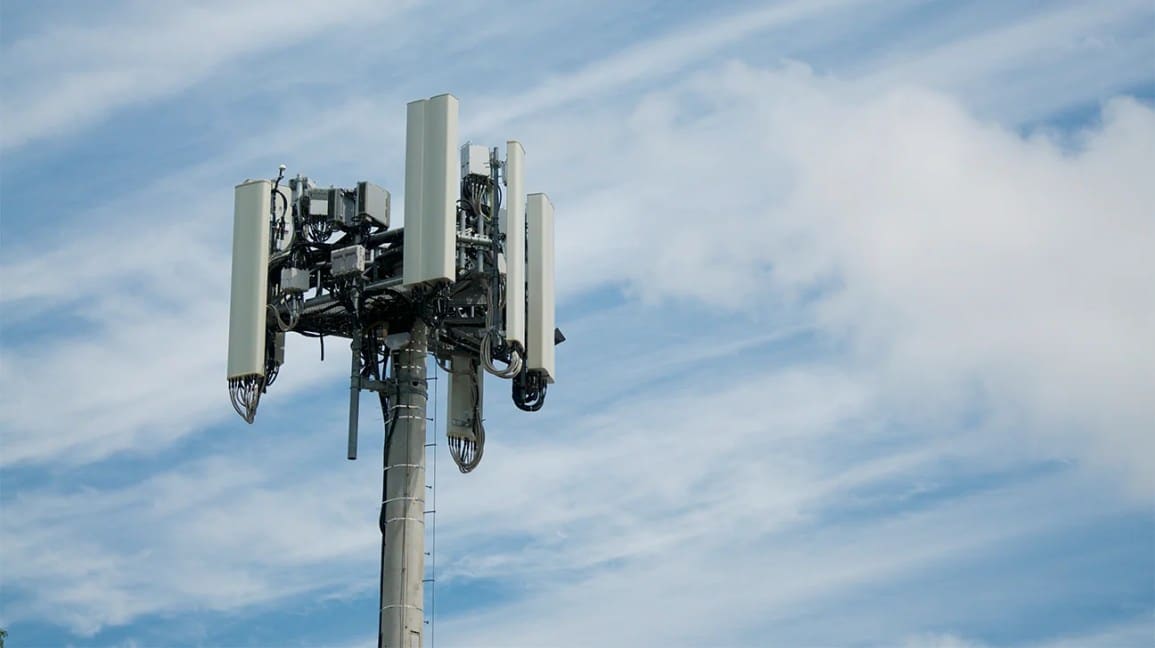Introduction
Antennas play a key role in modern communications facilitating wireless communications. They are responsible for transmitting and receiving radio signals over wireless media(electromagnetic wave). One of the leading areas employing antennas is the IoT industry.
Helium networks are one of the emerging field industries aiming at low-power and long-range communication. A critical element of helium networks is the helium antennas that facilitate wireless communication. Helium antennas are specially manufactured to enable communication between different IoT devices in a helium network.
Now, we will discuss the importance and the different types of helium antennas in the market. Furthermore, we will discuss the workings of a helium antenna and the basic steps to set up a helium antenna.
What is Helium Network?

Initially, we will discuss helium networks in IoT. Helium networks are a collection of decentralized wireless IoT networks based on blockchain. These networks use a LoRaWAN stack for communication, tied to a cryptocurrency known as Helium Network Token (HNT). These networks work based on the concept of decentralized ownership, where users with HNT can join the network, and automatically be recognized as hotspots supporting the network. Once a user desires to utilize the network, the user spends HNTs available to support the network.
Helium networks provide a robust network for communication between different IoT nodes over a long distance. Moreover, since the users do not require dedicated connection establishment procedures, these networks provide low-power functionality for connected IoT devices. Helium network applications can be found in areas such as:
- Asset tracking
- Monitoring environmental conditions
- Smart cities and management
What is a Helium antenna?
Now let us discuss helium antennas. A helium antenna is a crucial element in establishing a helium network between IoT devices. These helium antennas are specialized in supporting helium networks and operate in the LoRaWAN frequency bands. For the US, the LoRaWAN frequency is 900 MHz while for Europe it is 868 MHz. These antennas are available in different types.
Helium antennas differ from traditional antennas in different ways:
- Frequency band of operation: Most of the traditional antennas, except for the antennas used in LoRaWAN networks operate in a different frequency other than the Helium antennas. When compared to helium antennas, they operate in commercial radio frequency ranges.
- Application: Helium antennas are exclusively designed to operate in helium networks, while traditional antennas are targeted at realizing different sets of applications. These applications differ from military communication to satellite communications.
- Antenna design: Helium antenna types are limited to omni-directional and directional antenna types; however, traditional antenna types show different antenna designs.
- Decentralization of network: Helium antennas in a helium network act as access points, whereas traditional antennas act as a central part of the network itself. Elaborating more on the fact, helium antennas provide the ability for decentralization of the network.
Understanding the difference between traditional and helium antennas, now let us discuss the role of helium antennas in a helium network. Helium antennas provide coverage for the IoT devices integrated into the helium network. Moreover, users can mine HNT by establishing helium antennas and providing coverage for nearby users in the neighborhood. Furthermore, they also provide a communication media for different IoT devices to communicate at a long distance while consuming less power.
Finally, helium antennas ensure the decentralization of the helium network providing more robust connection and access points throughout the network.
Types of Helium antennas
Choosing the correct type of helium antenna is essential to realize the true potential of these antennas. The choice will depend on:
- Expected gain and coverage from the antenna
- The terrain of the surrounding
There are two types of helium antennas, they are:
- Omni-directional helium antennas
- Directional helium antennas
Apart from this categorization, there are indoor and outdoor placed helium antennas. However, in this article, we will focus on these two main types of antennas.
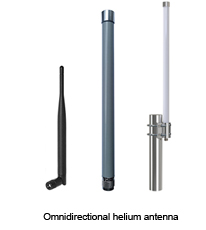
Omni-directional helium antennas are widely used in urban and sub-urban areas to achieve wide coverage. Moreover, they are easy to deploy and provide uniform coverage in obstructed areas.
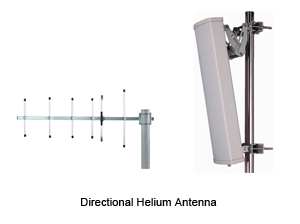
On the other hand, directional antennas are used in rural areas where a wide range of coverage is needed as the antennas are placed at a considerable distance from one to another. Directional helium antennas are suitable for areas that require high gain rather than a wide area of coverage.
How does a Helium antenna work?
Helium antennas, like traditional antennas, work using a similar antenna theory. They transmit and receive radio signals to enable communication between two terminals. Initially, an electrical signal generated through RF back-end generator is passed through an RF synthesizer to generate the radio signals in a desired frequency. In the case of helium antennas, this is either 900 MHz (USA) or 868 MHz (Europe). In helium antennas, they work under a specialized decentralized algorithm known as Proof of Coverage (PoC). It is the fundamental principle in a Helium network blockchain. This algorithm ensures that each helium antenna in the network accurately describes its location and the coverage it covers during transmission. In this manner, helium antennas can integrate with helium networks for different applications.
Helium antenna installation and setup
The installation of helium antennas requires a few important steps. These steps can be summarized as follows:
- Initially, evaluate the feasibility of mounting a helium antenna and check for coverage using the helium coverage map. Choose the suitable antenna type depending on your requirements and terrain.
- Download and setup a helium application of your choice to access available helium networks.
- Finally, set the antenna to enable the network hotspot.
Benefits of using a Helium antenna
Let us outline some of the benefits of using a helium antenna. These advantages include:
- The decentralized architecture of the helium network provides robust connectivity when compared to Wi-Fi
- Enabling helium hotspots using helium antennas allows users to mine HNT which has a monetary value
- Long-range and low-power connectivity
- No extra costs when compared to traditional cellular networks
Helium antennas in real-world
Some of the application areas of helium antennas are:
- Low-power IoT devices
- Smart agriculture applications where monitoring of IoT devices is required
- Smart city applications
- Tracking of assets
- Blockchain mining
- Long-range secure and decentralized monitoring systems
Conclusion
We discussed helium antennas and their importance in helium networks. Moreover, we outlined some of the advantages and real-world applications of helium antennas. Helium antennas and networks are becoming popular due to their decentralized authority and easy to use and integration facility. They are also becoming popular means of a passive income to mine cryptocurrencies.
Tesswave is one of the famous Chinese helium mining antenna designers and manufacturers. We provide cost-effective products to customers all over the world. If you have a need for a personalized custom antenna, you can ask us for a customized solution. We have experienced engineers who can design the antenna for you.

